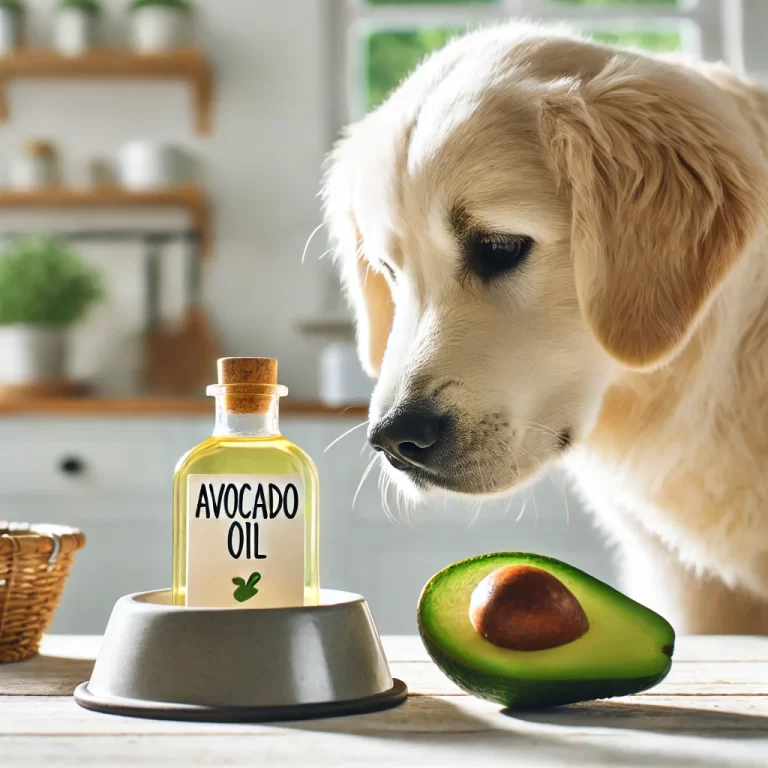Are Bully Sticks Healthy for Dogs? Benefits, Risks & Safety Tips
Bully sticks have become one of the most popular natural chew options for dogs. But many pet owners still ask: Are bully sticks healthy for dogs? The answer isn’t a simple yes or no—it depends on your dog’s health, how bully sticks are used, and how often they’re given. In this article, we’ll explore the benefits, nutritional value, risks, and safe usage tips of bully sticks to help you make an informed decision for your furry friend.
Table of Contents
- What Are Bully Sticks?
- Are Bully Sticks Healthy for Dogs?
- Nutritional Value of Bully Sticks
- Benefits of Bully Sticks
- Potential Risks of Bully Sticks
- How to Choose Safe Bully Sticks
- How Often Should Dogs Have Bully Sticks?
- Healthier or Safer Alternatives
- FAQ
What Are Bully Sticks?
Bully sticks are single-ingredient dog chews made from the dried and cooked pizzle (penis) of a bull or steer. Though the origin might sound off-putting, bully sticks are widely accepted as a natural and highly digestible alternative to rawhide and synthetic chews.
Are Bully Sticks Healthy for Dogs?
In moderation and when sourced from reputable manufacturers, bully sticks can be a healthy treat for dogs. They offer protein, satisfy the instinct to chew, and support dental health. However, excessive consumption or poor-quality products can introduce health risks like weight gain or bacterial contamination.
Nutritional Value of Bully Sticks
Bully sticks are high in protein and low in fat, depending on the brand. Here’s a general breakdown:
- Protein: ~80–90%
- Fat: ~3–5%
- Calories: ~15 calories per inch
This makes them an energy-dense snack, suitable for active dogs but requiring portion control for overweight or sedentary pets.

Benefits of Bully Sticks
1. Highly Digestible
Unlike rawhide, which can cause intestinal blockages, bully sticks are more digestible and break down easily in a dog’s stomach.
2. Dental Health Support
Chewing on bully sticks helps scrape away plaque and tartar buildup, promoting better oral hygiene and fresher breath.
3. Mental Enrichment
Chewing is a natural and satisfying behavior that relieves boredom and stress. Bully sticks provide mental stimulation, especially for high-energy dogs.
4. All-Natural Ingredient
Quality bully sticks contain no artificial additives, preservatives, or chemicals, making them a safer option for sensitive dogs.
Potential Risks of Bully Sticks
1. High Calorie Content
Because bully sticks are calorie-dense, overfeeding can lead to obesity—especially in small breeds or older dogs with lower activity levels.
2. Choking Hazard
As your dog chews the stick down, small pieces may break off and pose a choking risk or cause intestinal blockage. Always supervise your dog during chew time.
3. Bacterial Contamination
Some studies have shown that poorly processed bully sticks can carry harmful bacteria such as Salmonella. Always choose trusted brands that follow safety protocols.
4. Digestive Upset
Introducing bully sticks too quickly or offering them in large quantities may cause vomiting or diarrhea.
5. Odor Concerns
Low-quality bully sticks may have a strong odor that’s unpleasant to humans. Odor-free options are available but should still be thoroughly vetted.
How to Choose Safe Bully Sticks
When buying bully sticks, look for these safety and quality indicators:
- Single-ingredient: 100% beef pizzle with no added fillers
- Made in the USA or trusted countries: Better safety and hygiene practices
- Odor-free or low-odor: Indicates better processing
- Transparent sourcing: Brands that disclose where and how sticks are made
- Third-party testing: For bacteria and quality control
How Often Should Dogs Have Bully Sticks?
Bully sticks are best offered occasionally—not as a daily treat. General guidelines are:
- Small dogs: 1 stick (4–6 inches) once or twice a week
- Medium dogs: 1 stick (6–9 inches) two to three times a week
- Large dogs: 1 stick (up to 12 inches) two to four times a week
Adjust frequency based on your dog’s weight, caloric needs, and overall health. Always consult your vet if unsure.
Healthier or Safer Alternatives
If bully sticks aren’t right for your dog, consider these alternatives:
- Sweet potato chews: Vegetarian and low in fat
- Carrot sticks: Crunchy and low-calorie
- Dental chews: Formulated to clean teeth safely
- Antler chews: Durable but should be used cautiously to avoid tooth damage
- Raw bones (vet-approved): Nutrient-rich and satisfying for aggressive chewers
FAQ
Are bully sticks safe for puppies?
Yes, in moderation and with supervision. Wait until your puppy has all their adult teeth and start with shorter, thinner sticks designed for puppies.
Can bully sticks cause diarrhea?
Yes, especially if your dog is new to them or eats too much. Start slowly and monitor for digestive changes.
How should I store bully sticks?
Keep them in an airtight container in a cool, dry place. Some owners refrigerate or freeze bully sticks to extend freshness and reduce odor.
Can dogs digest bully sticks completely?
Yes, they are highly digestible compared to rawhide. However, large unchewed pieces can still cause issues, so supervision is necessary.
How long does it take for a dog to finish a bully stick?
That depends on the dog’s size and chewing habits. Some dogs finish one in 10–15 minutes, while others may take an hour or more. You can limit time to avoid overconsumption.
Conclusion
So, are bully sticks healthy for dogs? They can be—when used properly. Bully sticks offer numerous benefits like dental health, mental stimulation, and high-quality protein. But like all treats, moderation and supervision are essential. Choose premium products, monitor your dog while chewing, and include bully sticks as part of a balanced diet.
If you’re looking for a natural, satisfying chew for your dog, bully sticks are a solid choice—just remember that not all sticks are created equal, and your dog’s unique needs always come first.



